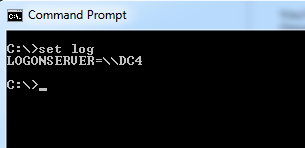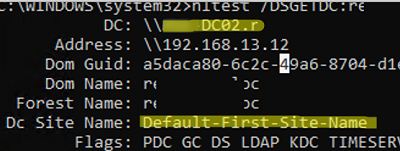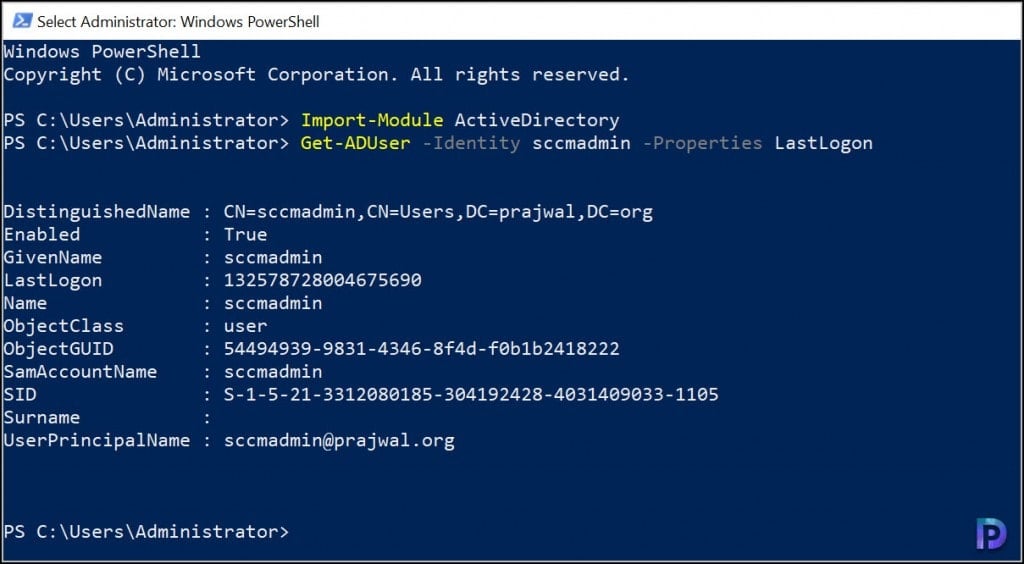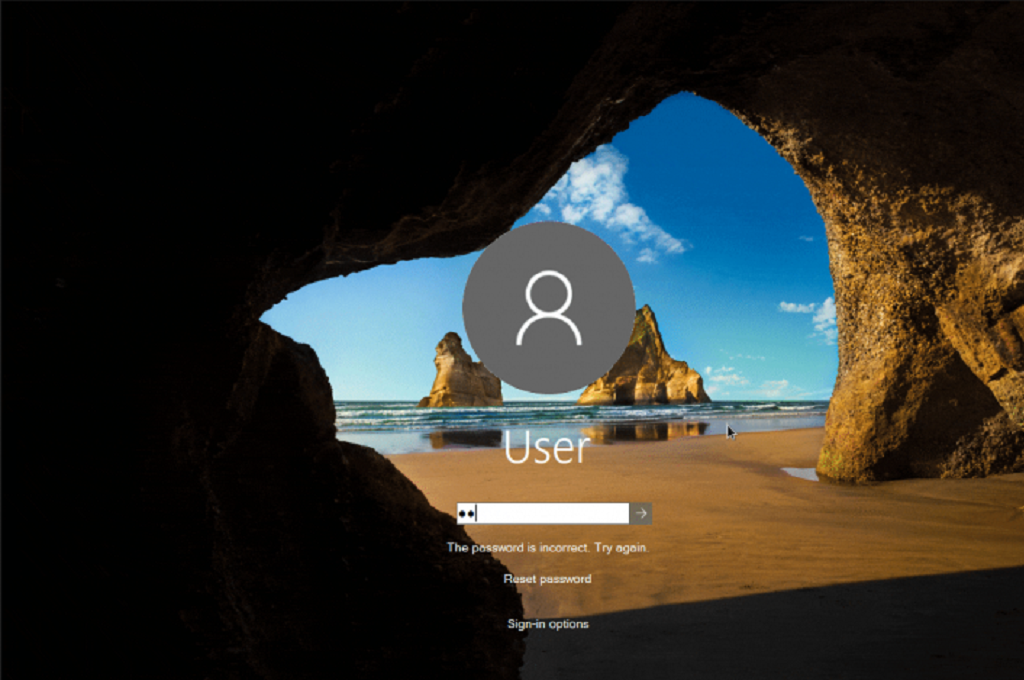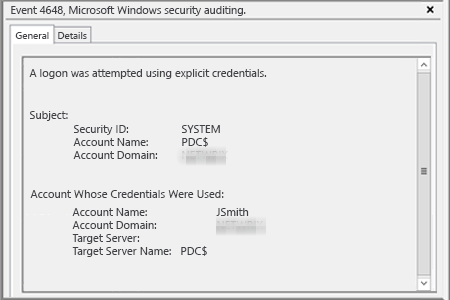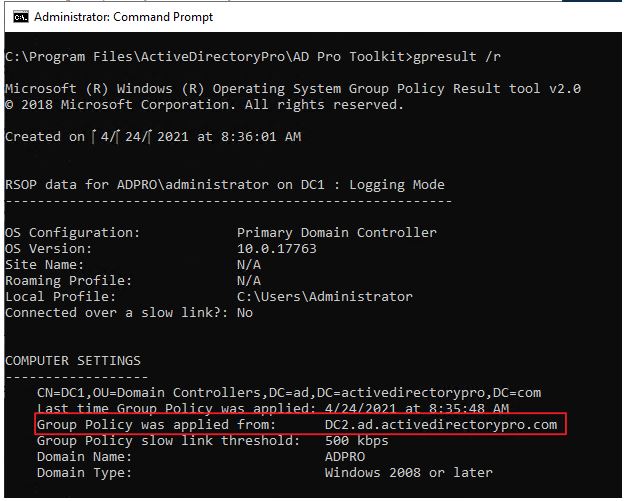What Everybody Ought To Know About How To Find Out Which Logon Server
Using echo %username% will allow you create a.
How to find out which logon server. In the console tree, click scripts (logon/logoff). You don’t need a domain admin account to get ad user info. How to assign user logon scripts to assign user logon scripts.
In the open box, type cmd. How to check logon server. Click on the tab attribute editor;
In the powershell prompt, type net session and press enter. How to assign a logon script to a user's profile. For more information about configuring this setting, see server manager.
A 'public' ip address, or it might be referred to by. If so this is the. Update for powershell users and uses to find the logon server currently being used by the machine:
Not sure how many users and computers you have in your environment. Verify that the domain controller's. Enable 'audit logon events' policy;
This will display the current server you are authenticating against. Hi, do you mean clients from other sites also need to authenticate to the dc in the main office? The following article will help you to track users logon/logoff.
Synchronize the time between computers. Determine the rid, pdc, and infrastructure fsmo holders of a selected domain. You can check the logon server with either the command line or powershell.
A list of users, and the ip addresses from which they are accessing resources on the server, will be displayed. Click start and launch the command prompt. Find the user in the ad tree and open its properties;
Click the start, point to administrative tools, and then click computer management. You can detect the domain controller you logged in using some methods: Enable auditing on the domain level by using group policy:
To zoom in or out on your view of the server manager console, you can either use the. How you can find out the name and ip address of the ad domain controller on your network. You can configure this security setting by opening the appropriate policy under computer configuration\windows settings\security settings\local.
